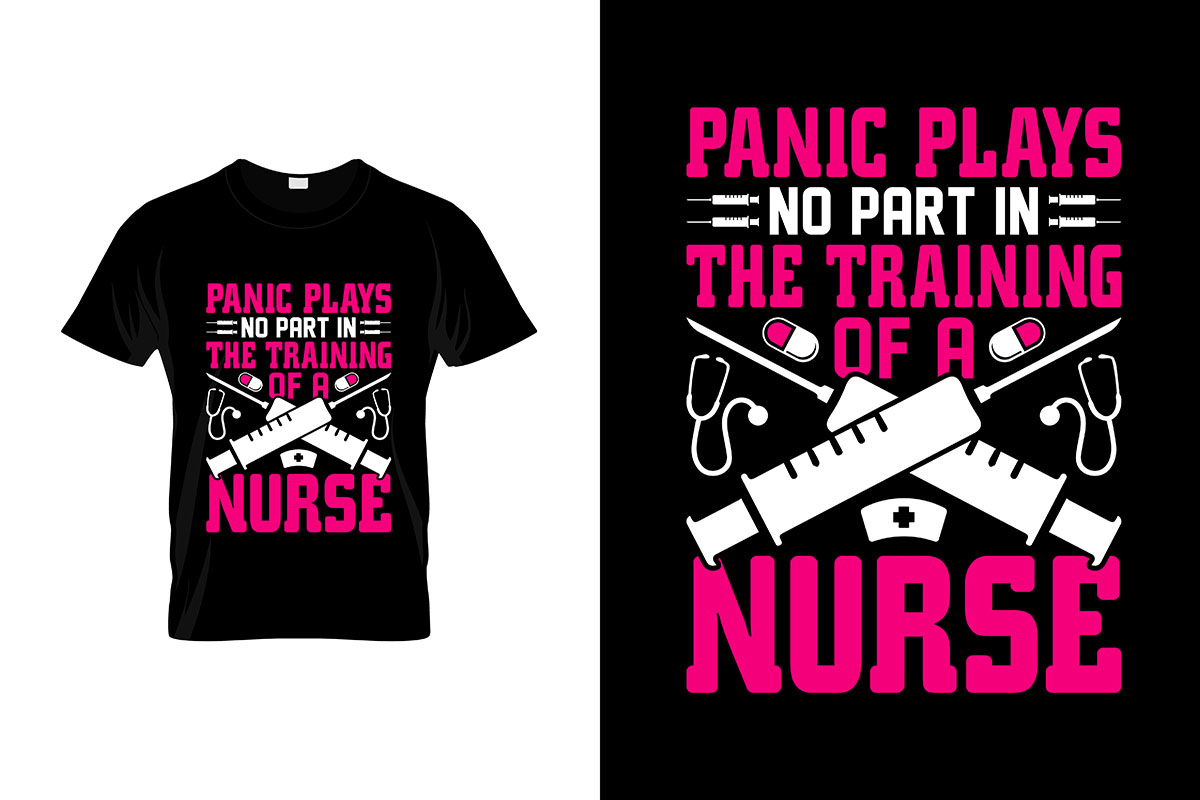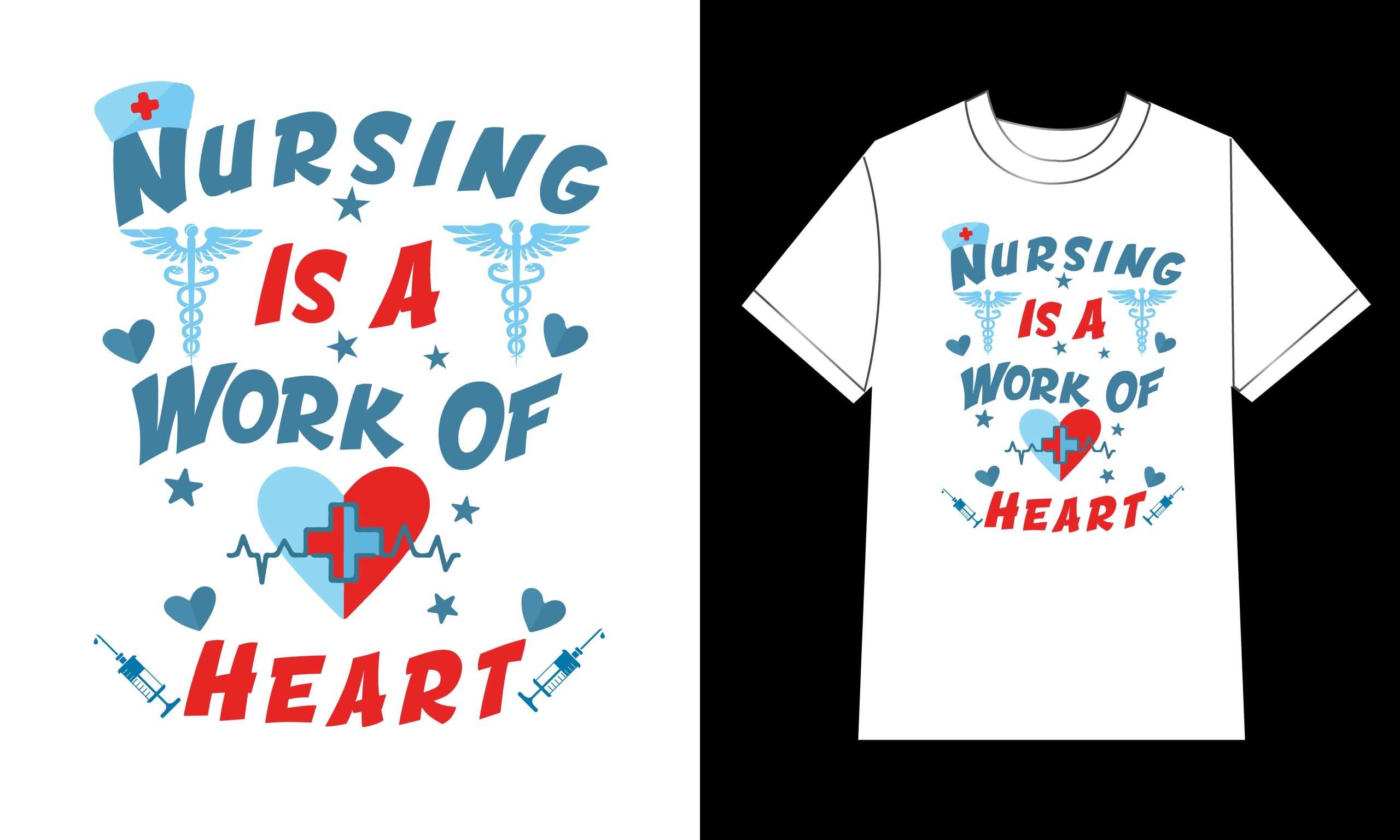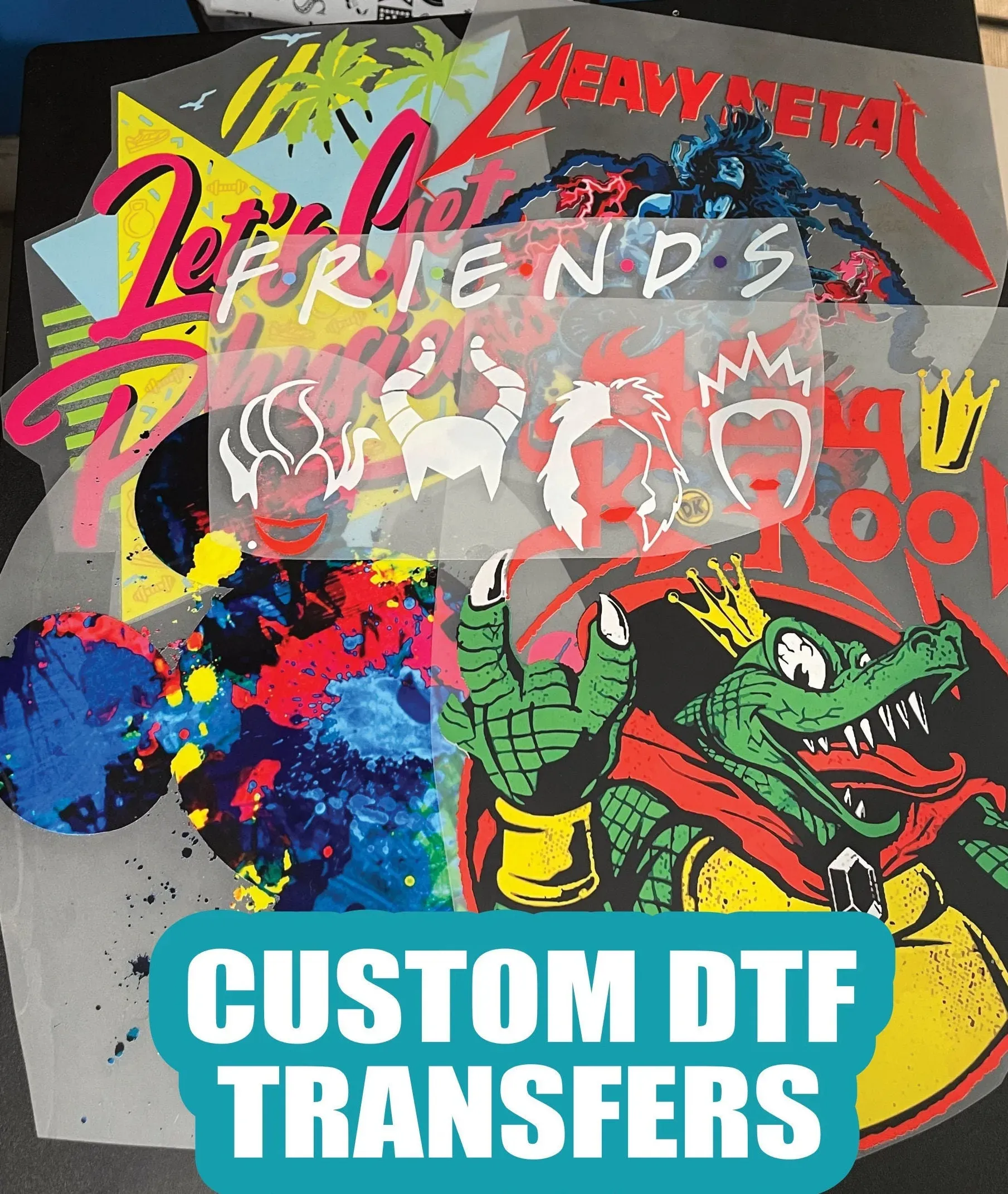DTF Transfers: Key Benefits for Small Businesses & DIY Enthusiasts
DTF transfers, short for Direct-to-Film printing, are revolutionizing the landscape of custom apparel printing, offering innovative solutions for both small businesses and DIY creators. As more enthusiasts dive into creative projects, the benefits of DTF printing are becoming increasingly apparent, including its cost-effectiveness and high-quality results. This method allows for vibrant, durable designs that can withstand the test of time and repeated washes, making it perfect for everyday clothing items. By utilizing eco-friendly printing methods, DTF transfers not only cater to consumer needs but also support sustainable business practices. In this article, we will delve deeper into the numerous advantages of DTF transfers and how they can empower small business owners to thrive in a competitive market.
Emerging as a dynamic alternative to traditional printing methods, DTF transfers signify a shift toward modern approaches in the printing industry. Also known as Direct-to-Film printing, this technique offers a unique solution for custom apparel projects, making it suitable for creative individuals and small enterprises. The versatility of this printing method allows for a diverse range of applications, from t-shirts to promotional merchandise, ensuring that users can easily customize their offerings. With the growing emphasis on eco-conscious practices, DTF printing leverages environmentally friendly inks, appealing to consumers who prioritize sustainability. As we explore the landscape of this exciting technology, the benefits associated with DTF transfers will become clear, illustrating why they are quickly becoming a favored choice among printing solutions.
Understanding DTF Transfers in Detail
Direct-to-Film (DTF) transfers represent a revolutionary step in the printing industry, allowing for high-quality designs to be printed directly onto a specially coated film. This technology has rapidly gained traction among businesses seeking to invest in custom apparel printing solutions. DTF uses an inkjet printer that can lay down white ink to achieve a vibrant design that is then heat-pressed onto fabric, ensuring that the prints are not only vivid but also highly detailed. As consumers continue to demand unique customization in apparel, DTF’s capability to produce intricate designs on various materials makes it an appealing choice for DIY enthusiasts and small business owners alike.
In exploring the mechanics of DTF technology, it’s essential to note that the ability to print on both dark and light fabrics with the same setup presents another significant advantage. Unlike traditional methods that may require different processes or equipment for varying fabric types, DTF printing simplifies production by providing a versatile solution. This feature enhances its appeal to businesses aiming to keep inventory costs low while offering a wide range of products that cater to diverse customer demands.
Key Advantages of DTF Printing
DTF printing boasts several significant benefits that set it apart in the crowded printing sector. Its cost-effectiveness is markedly evident compared to conventional methods like screen printing, which often entail considerable setup fees and minimum order quantities. With DTF transfers, small businesses can start with smaller runs and expand production as needed, minimizing waste and expense. This accessibility empowers entrepreneurs and hobbyists to explore their creative ideas with less financial risk while still achieving high-quality apparel.
Furthermore, the quick turnaround times associated with DTF transfers allow businesses to respond rapidly to market trends and customer needs. This agility is crucial for small businesses trying to compete with larger corporations that may have more established operational capabilities. By leveraging DTF technology, entrepreneurs can increase their responsiveness, ensuring they capture emerging trends and satisfy customer demand efficiently.
High-Quality Prints with DTF Technology
One of the standout features of DTF transfers is their ability to produce stunning, high-quality prints. DTF technology is renowned for its durability, with prints that maintain their intensity and richness even after multiple washes. This benefit is particularly vital for custom apparel, where consumers expect products to stand the test of time. Businesses that invest in DTF technology can assure their customers of lasting vibrant prints, which enhances satisfaction and fosters brand loyalty.
The quality achieved through DTF printing not only satisfies consumer expectations but also supports small business branding efforts. Companies can create and offer designs that reflect their unique identity, fostering a deeper connection with their target market. By consistently delivering high-quality products, small enterprises can distinguish themselves from competitors, bolstering their reputation in an increasingly crowded marketplace.
Versatility of DTF Transfers for Various Fabrics
DTF transfers exhibit remarkable versatility, making them suitable for various types of fabrics beyond the limitations commonly associated with traditional printing methods. From cotton to polyester blends, DTF technology accommodates a broad spectrum of materials, empowering small businesses to diversify their product offerings. This flexibility enables companies to cater to niche markets by providing custom apparel tailored to specific customer preferences.
Whether producing personalized t-shirts, tote bags, or home textiles, the versatility of DTF printing allows business owners to expand their catalog with unique items easily. This adaptability not only enhances creativity among DIY enthusiasts but also creates opportunities for small businesses to tap into emerging market trends, ensuring they remain competitive and relevant in a constantly evolving industry.
Eco-Friendly Aspects of DTF Printing
As environmental concerns increasingly affect consumer purchasing decisions, eco-friendly printing methods are becoming paramount for businesses aiming to attract conscientious consumers. DTF transfers utilize advanced ink technology that minimizes harmful substances typically found in traditional plastisol inks. By opting for DTF, small businesses can significantly reduce their ecological footprint while delivering appealing, quality products.
Additionally, the water-based inks used in DTF printing result in less waste and a more sustainable manufacturing process overall. This eco-friendly approach resonates with a growing segment of the market that prioritizes sustainability, thereby allowing businesses to position themselves as leaders in responsible practices. As a result, embracing DTF technology can meet consumer demand for environmentally friendly products while helping small businesses stand out in a competitive landscape.
The Growing Demand for DTF Printing
The demand for DTF transfers continues to rise as the custom apparel market expands, with innovations steering printing techniques toward more accessible, effective solutions. Industry research indicates that consumers are increasingly seeking personalized products, pushing small businesses to adopt technologies like DTF to meet these growing demands. By aligning their offerings with current trends, entrepreneurs can ensure their products resonate with consumers looking for unique apparel.
Furthermore, as DTF technology evolves, it introduces additional functionalities and enhancements that further enhance its appeal. As more businesses recognize the benefits of DTF printing, the potential for growth in this market appears promising. This ongoing trend incentivizes small business owners to invest in DTF solutions, setting them on a path toward long-term viability and success in a competitive marketplace.
Frequently Asked Questions
What are DTF transfers and how do they differ from traditional printing methods?
DTF transfers, or Direct-to-Film printing, utilize a unique process where designs are printed onto a special film which is then heat-pressed onto various fabrics. Unlike traditional methods such as screen printing, which require extensive setup and are limited in color vibrancy, DTF printing offers vibrant results with quicker turnaround times, making it ideal for small businesses and custom apparel printing.
What are the key benefits of using DTF transfers for small business printing solutions?
DTF transfers offer several key benefits for small businesses, including cost-effectiveness, high-quality prints, and versatility across various fabric types. They enable businesses to experiment with designs without large upfront costs, produce durable apparel that withstands washing, and cater to a wider audience by accommodating different fabric blends, all contributing to better customer satisfaction.
How do DTF printing benefits contribute to sustainable printing practices?
DTF printing benefits include using eco-friendly inks that minimize environmental impact compared to traditional plastisol inks. As consumer demand for sustainable products grows, small businesses using DTF transfers can align with eco-friendly printing methods to attract environmentally conscious customers while reducing their ecological footprint, making their operations more sustainable.
Can DTF transfers be used on any type of fabric?
Yes, one of the primary advantages of DTF transfers is their versatility. They can be applied to a wide range of fabrics, including cotton, polyester, and blends. This adaptability allows for diverse product offerings in custom apparel printing, enabling businesses to meet various customer preferences and enhance their marketing potential.
Is the process of DTF transfer printing easy to learn for beginners?
Absolutely! The ease of use of DTF transfer technology makes it accessible even for those with little technical experience. With intuitive setups, beginners can quickly learn to produce professional-quality prints without a steep learning curve, making it a great option for DIY enthusiasts and small business owners alike.
What trends are shaping the future of DTF printing in the custom apparel market?
The custom apparel market is experiencing significant growth, with trends driven by the rising demand for personalized products. As highlighted by industry reports, DTF transfers are becoming increasingly popular due to their quality, speed, and flexibility, allowing small businesses to stay competitive and responsive to consumer trends in customization and quick fashion.
| Benefits | Description |
|---|---|
| Cost-Effectiveness | Offers a budget-friendly solution compared to traditional printing methods, reducing setup costs and allowing for quick responses to customer demands. |
| High-Quality Prints | Produces vibrant colors and intricate designs with exceptional durability, leading to increased customer satisfaction and repeat business. |
| Versatility | Suitable for a wide range of fabrics, which enhances the product offerings for businesses targeting various customer preferences. |
| Ease of Use | User-friendly technology allows even those with limited technical knowledge to create professional-quality prints easily. |
| Eco-Friendly Options | Uses environmentally friendly inks, appealing to conscious consumers and promoting sustainable practices. |
| Market Growth and Trends | Growing demand for custom apparel drives the increase of DTF technology usage among small business owners. |
Summary
DTF Transfers are reshaping the landscape of custom printing, making them an essential choice for small businesses and DIY enthusiasts seeking innovative and sustainable solutions. These transfers not only help in reducing costs while producing high-quality prints, but they also allow for versatility across various fabric types. Their ease of use encourages both creativity and efficiency in production, while eco-friendly options align with the increasing consumer demand for sustainable practices. Ultimately, embracing DTF Transfers can lead to significant advancements in both product offerings and business operations in the competitive printing market.





